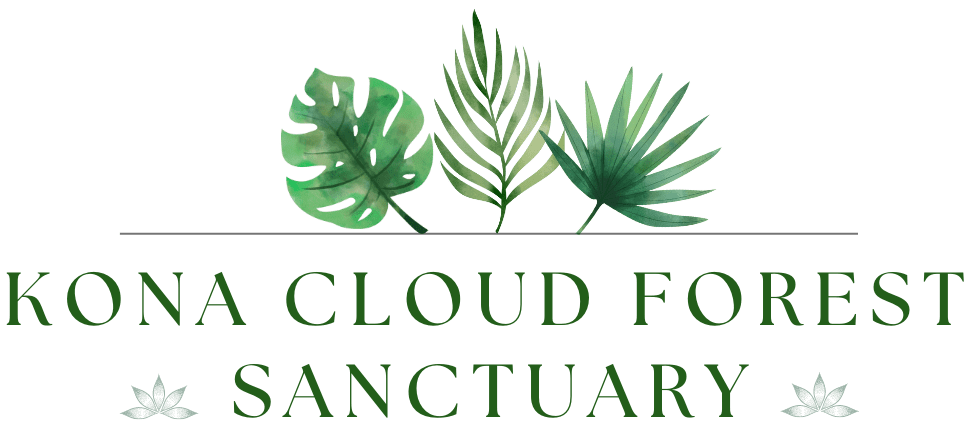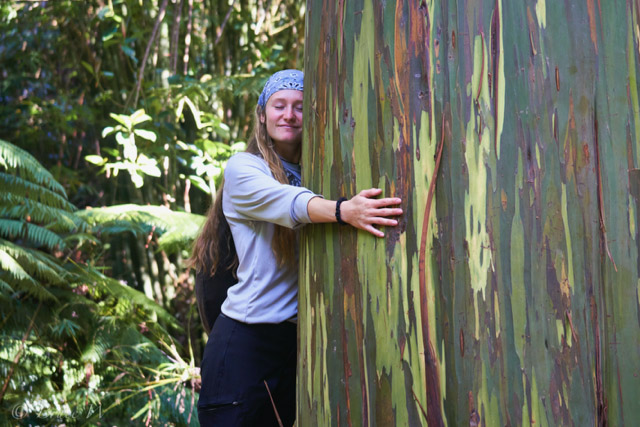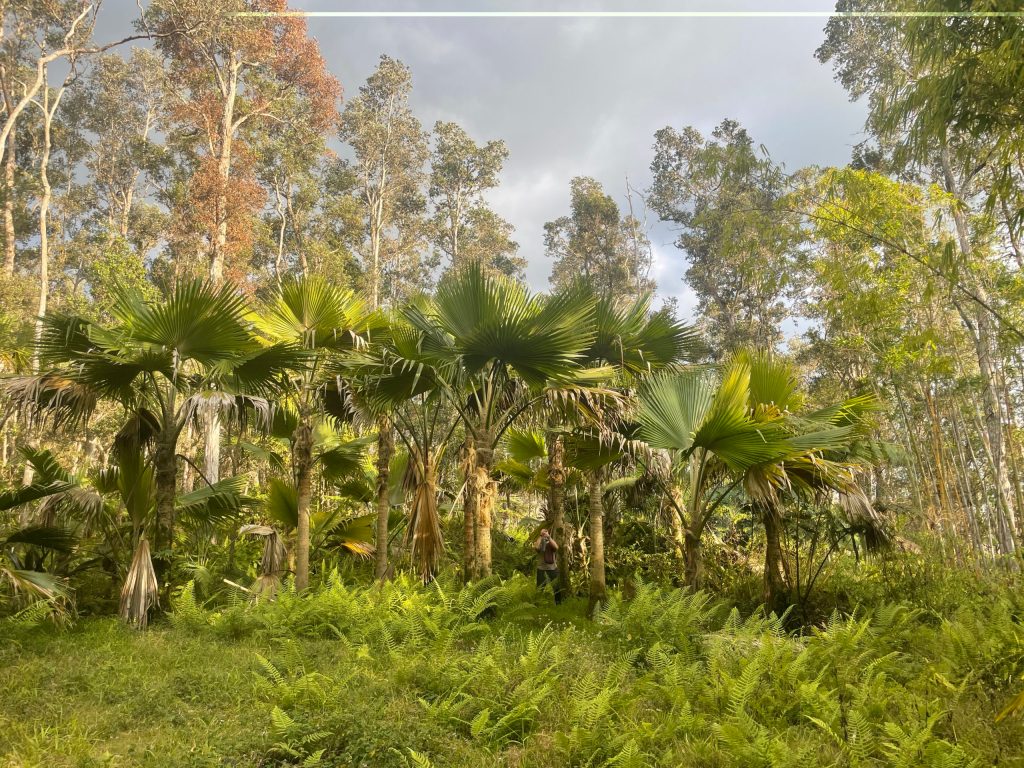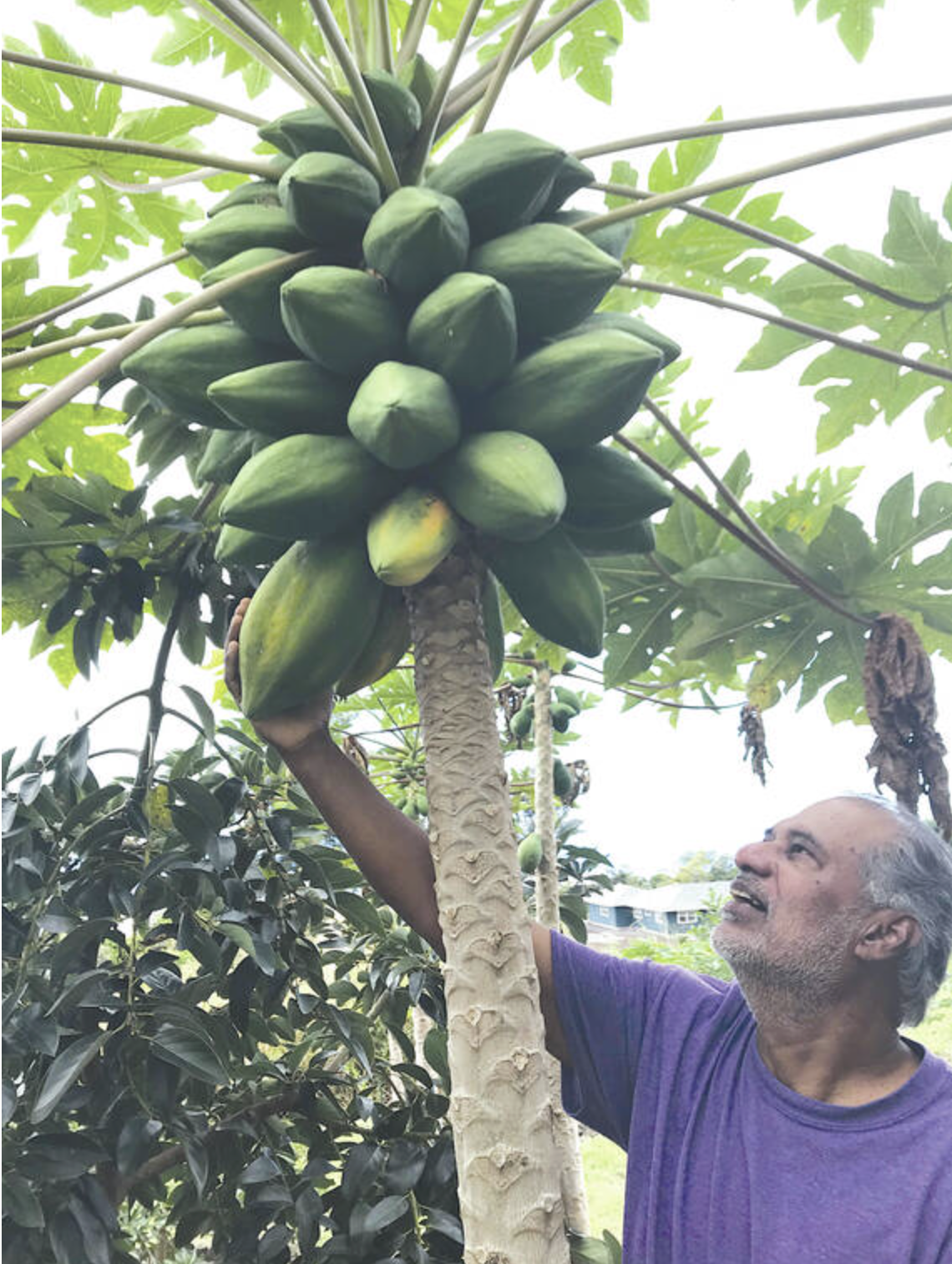What crazy weather we are having! Kona normally experiences the rainy season from April to almost November. This year August and most of September were abnormally dry, as was the rest of the island.
It appears the rains are returning. We are now officially in what is considered fall in the northern hemisphere as the sun moves south of the equator. However, living in Hawaii, we do not see the brilliant fall colors ablaze in the forests and gardens of the mainland. So now is the time for nursery and garden store shopping where you can find some great ideas for bringing the feeling of fall into our gardens.
Where nights are cool and days frequently cloudy, try some of the fancy new impatiens hybrids. The New Guinea hybrids are especially attractive. These new hybrids are much more compact and flower abundantly. They come in all flower colors and have multicolored leaves as well. Other impatiens on the market include the traditional types hybridized to be compact and floriferous.
Besides the many tropical ornamental trees and shrubs available, you might also consider colorful annuals for your garden. Many of the annual summer flowers that are prized most on the mainland are at their best here from October to May. These annuals are usually tolerant of cool weather. Since the winter temperature never goes extremely low, they thrive here, especially at higher elevations. Some, like the marigolds, are great the year around. They are especially good for sunny dryer locations.
The marigold is native to the southwestern United States and to Mexico. It grows well and is popular in every state from Florida to Maine, from Hawaii to Alaska, and also in every civilized country of the world.
When Cortez conquered ancient Mexico, he found marigolds growing there. The gorgeous golden marigolds were so beautiful that Cortez took seeds with him back to Spain. There, marigolds became the favorite flower of the devout to place at the altar of the Virgin Mary and, because of that, they were called Mary’s gold and then became known as marigolds.
Seeds of marigolds were taken to every civilized country of the world. They were so easy to grow and so beautiful, they became popular everywhere. In India, marigolds became, and still are, the favorite flower to put in leis to place around a person’s neck to indicate friendship, and because of that, they have become known as friendship flowers.
Many different types of marigolds, from big-flowered American to smaller-flowered so-called “French,” from scented to and odorless, are available at your local garden shops.
Marigolds, zinnias, petunias, and many other annuals with bright blooms are natural for adding color. You can also expand the beauty and interest of your floral borders by including easy-to-grow foliage plants. What are some of the best to add color and texture contrast?
Coleus immediately comes to mind and is probably the most popular. Little wonder, it’s so versatile and vivid! The plants with their brilliantly-patterned leaves are flashy in sun or shade. You will especially appreciate how coleus can transform problem shady spots into rainbow of color. Use it to beautify areas along the north or east sides of your house or garage, or in containers on shady porches or patios — even under trees. Coleus can also take direct sun in cooler gardens. Coleus is just as much a favorite houseplant as it is a garden subject.
How about a temporary hedge or background for annual flowers? Kochia, commonly called burning bush, may be just the answer. The symmetrical plants grow about three feet tall, are oval-shaped and resemble small ornamental evergreens. An added bonus is that their fine, light-green foliage turns bright crimson-carmine in cool weather
Other interesting foliage annuals you’ll want to consider are: Euphorbia, or snow on the mountain. This is easy to grow in dry soil and is attractive with its refreshing green and white leaves on plants about two feet tall. Santolia chamaecyparissus, or lavender cotton, makes a nice low filler. Plants grow about 18 inches tall and have finely divided, aromatic, silvery-gray foliage and small globular yellow flowers. Handled as an annual in the north, this is a perennial in Hawaii.
Seeds of many annuals may be purchased at our local garden shops.
You can sow seeds of such annuals in boxes, pots or outdoors. If you use some sort of container, make certain that drainage is good. You can sow the seeds in vermiculite, peat moss, sand or mixtures of these. You may also buy plants already started at several garden stores and nurseries in the area. If you start your own plants, water them when seeds are in place, cover containers with a piece of glass or plastic, and place in a protected location away from direct sunlight. In a few days, the seed will germinate and more light will be needed to prevent leggy and poorly-colored seedlings. When the first pair of true leaves develop, it is time for transplanting. Set the tiny plants in pots or plant bands. Later, plant them outdoors in their permanent location.
Norman Bezona is professor emeritus, University of Hawaii College of Tropical Agriculture and Human Resources.








